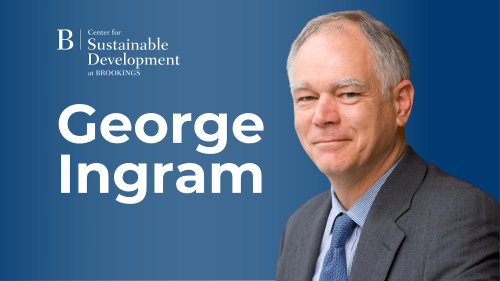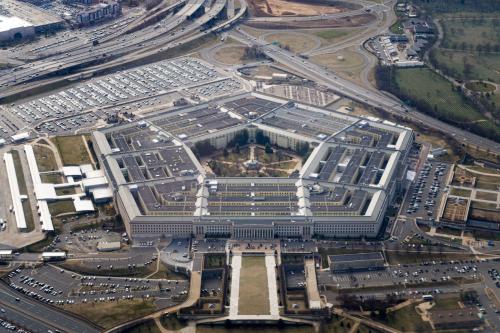This week marks the 10th anniversary of the opening of the U.S. detention facility at Guantanamo Bay, Cuba, and the hand-wringing is in high gear. There have been op-eds by former detainees, a statement by retired military personnel, denunciations of President Obama for his failure to close the site and tear-stained statements by human rights groups.
In a decade of policy experimentation at Guantanamo, some efforts have succeeded, some have failed tragically and some are still in process. But far more interesting than the past 10 years is what the next 10 will look like. And that subject seems oddly absent from the current conversation.
Make no mistake: There will be another 10 years of Guantanamo. (Even if Guantanamo itself miraculously closes, we’ll have to build it somewhere else.) Our forces already hold more detainees than they can safely release or put on trial before any tribunal to which this country would attach its name. And in any future conflict against non-state actors, our forces are likely to capture more of such people, and they will have to put them somewhere. If the United States is lucky, we may be able to reduce the number of detainees further than the combined efforts of the George W. Bush and Obama administrations have so far managed. But we will not eliminate it, and even if we could, we cannot guarantee that we will not replenish it all of a sudden in some future, spasmodic set of military operations abroad.
America needs principles for Guantanamo’s next decade — principles that might form the basis for a national policy that commands support from a wide swath of our political system. Here are three suggestions toward that end.
First, the president must face the fact that the effort to close Guantanamo has failed. It is clear that no conceivably electable presidential administration — including the Obama administration — is going to abandon the military detention of terror suspects. It is also clear that Congress has an irrationally strong preference for doing this detention at Guantanamo, that legislators will frustrate any efforts by the administration to create or use alternative sites, and that the executive branch will not exert the political effort necessary to stare Congress down on this point.
This is actually a rational calculation on Obama’s part. The marginal political gain he would net from closing Guantanamo and building some other site for the same purpose — a site that would quickly acquire similar infamy — just isn’t great enough to justify the intense political energy it would require to achieve Guantanamo’s closure. What’s more, much of the president’s political base — not being stupid — has figured out that closure doesn’t mean all that much if detainees are moved rather than freed. So why not stop pretending that Guantanamo’s closure is still meaningfully part of the plan?
Second, detention at Guantanamo has become rich with due process, and we should embrace this model for a wider array of long-term counterterrorism detentions. Detainees at Guantanamo have access to habeas corpus. They have access to lawyers. And those who lose their cases have a robust review process that will reexamine their cases regularly. Ironically, while Guantanamo remains controversial, U.S. detainees elsewhere in the world have much less process available to them. Instead of clamoring for a useless closure that isn’t going to happen anyway, we should think about which detainees, including those held in theater in Afghanistan and those we have sometimes held on ships, we might prefer to bring to Guantanamo and hold under its rules. These guidelines have actually served the executive branch well by creating legitimacy and judicial sign-off for detentions that had once been executive-only affairs.
Third, non-criminal detention is a fluid business that requires flexibility. Public myths aside, detention at Guantanamo has not usually meant detention forever. Opportunities to press charges against detainees will sometimes arise. Opportunities to transfer them abroad come up more often. We learn about errors, and new information has often triggered releases. Yet just as the administration has avoided acknowledging Guantanamo’s ongoing role, many in Congress from both parties have been in denial about the importance of transfers from the facility. Congress has made transfers terribly difficult and thereby all but guaranteed that the administration will not use the base for future cases. This is wrongheaded. Guantanamo is a detention facility, not a lobster trap, and a detention facility where detentions can’t end helps nobody. The ability to free detainees must be unencumbered for any detention policy to work well.
Put these three principles together and you get something — process-rich, flexible detention at Guantanamo Bay — that looks like a detention policy for the coming decade. Working toward such a policy, not endlessly picking at the scab of the past 10 years, should be the focus of today’s discussion.
The Brookings Institution is committed to quality, independence, and impact.
We are supported by a diverse array of funders. In line with our values and policies, each Brookings publication represents the sole views of its author(s).



Commentary
Op-edHow the Next 10 Years of Guantanamo Should Look
January 11, 2012